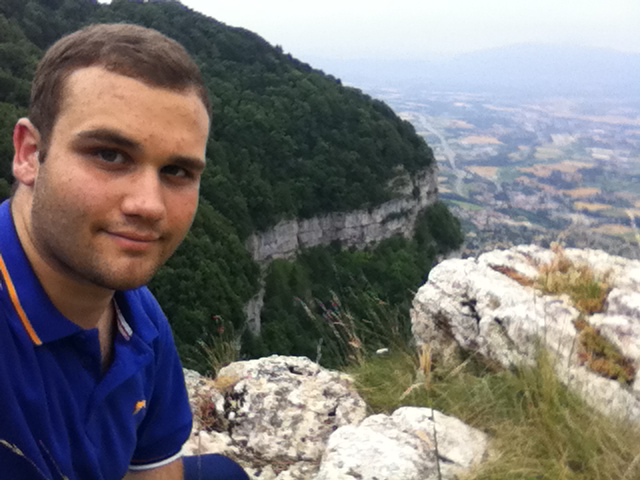Fluctuations and correlations in Heavy Ion collisions
I am currently an undergraduate student at the University of Malta starting my final year in a combined degree in Mathematics and Physics. I am more interested in theoretical physics rather than experimental physics, although experiments are there to prove or rather more likely to disprove theories that try to explain the reason behind some event which took place somewhere in the universe. My main interests in theoretical physics are quantum gravity, cosmology, and extra dimensions. Since CERN is today's leading organization trying to find some experimental evidence of extra dimensions and quantum gravity and it is also trying to explain what happened at the very first moment after the creation of the universe, it was an automatic choice for me to apply for this summer studentship.
I was offered this studentship by my university, which chooses one student currently in his third year or fourth studying physics. My university also offers two other students positions at CERN from the faculty of engineering and the faculty of IT.
I applied immediately as soon as I received the application, and luckily I was chosen for this summer experience here at CERN. It is my first experience at CERN, so it was even more exciting for me to be chosen.
I have also met some other summer students from my university from the previous years, and they all told me that I should apply because it is a once in a lifetime experience. You will meet people who are experts in their fields and most importantly is that you will be exposed to all fields in physics, going from the technical to experimental sides of physics and last but not least, theoretical physics. Indeed, I had exactly the same experience at CERN. The summer student lectures offer you a wide range of topics in which at university are impossible to come across. Especially the fact that the speakers have a lot of experience in their field, which makes the lectures much more interesting.

My project is with the ALICE experiment, and it is related to the fluctuations and correlations in heavy ion collisions, which are expected to reveal information about the space-time evolution of the system. The idea of the project was to solve the problem analytically, in other words using the optical-limit approximation rather than the conventional Glauber Monte Carlo approach. The main difference between the two, is that many terms in the full calculation are missing in the optical-limit calculation. These are the terms that describe local density fluctuations event by event. Thus, in the optical limit, each nucleon in the projectile sees the oncoming target as a smooth density. I would like to spend more time on this research, since then I could use the obtained results in other fields related to heavy ion collisions, which is impossible to do in the summer student period.

I would also like to thank CERN and my supervisor for this opportunity, especially for the fact that my supervisor changed his project plans for me so that I could do some theoretical work on heavy ion collisions, which is indeed a very interesting field of study.
